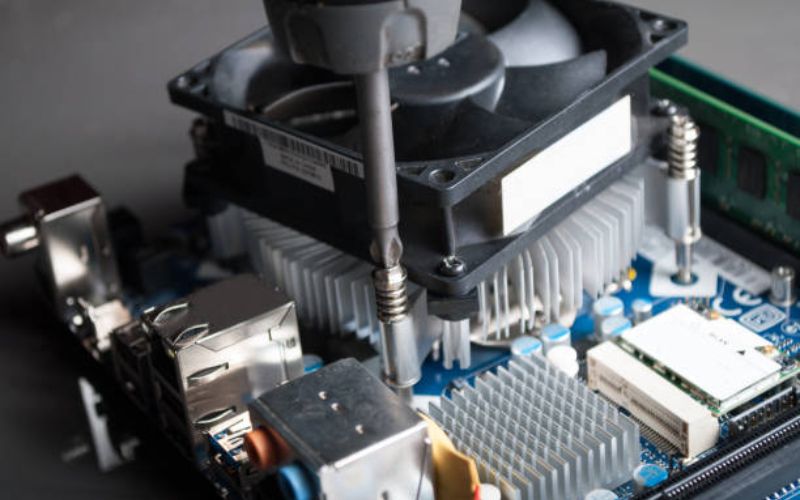Liquid cooling technology has emerged as a highly effective and efficient cooling solution for a variety of electronic and mechanical systems. From high-performance gaming PCs to industrial power electronics, liquid cooling plates have transformed the way we approach cooling solutions. In this article, we will explore the intricacies of liquid cooling plate design and customization, including the benefits, challenges, and best practices for optimizing cooling performance.
The Basics of Liquid Cooling Plate Design
At the heart of any liquid cooling system is the cooling plate. Liquid cooling plates are typically made of highly conductive materials such as copper or aluminum and are designed to dissipate heat from the electronic or mechanical component being cooled. The design of the plate varies depending on the application, but the basic principles remain the same: to provide a low-resistance path for the liquid coolant to flow through while maximizing surface area for efficient heat transfer.
Customization Options for Liquid Cooling Plates
One of the primary benefits of liquid cooling plate systems is the ability to customize the design for optimal performance. Depending on the application, customization may include:
- Thermal performance analysis and optimization
- Selection of materials for the plate and coolant tubing
- Customized plate layout and dimensions
- Integration with other cooling components such as pumps and radiators
- Testing and validation to ensure optimal performance
Benefits of Liquid Cooling Plate Systems
The benefits of liquid cooling plate systems are numerous and significant. The primary benefits include:
- Increased cooling efficiency and performance
- Reduced noise and vibration compared to traditional air cooling methods
- Improved system reliability and stability
- Longer lifespan for electronic components
- Customizable design options for optimal performance
Challenges in Liquid Cooling Plate Design
While liquid cooling plates offer many benefits, there are also some challenges to consider. The primary challenges include:
- The complexity of the system design
- The need for proper maintenance and upkeep
- The potential for leaks and other system failures
- The increased cost compared to traditional air cooling systems
Best Practices for Liquid Cooling Plate Design and Customization
To ensure optimal performance and reliability, there are several best practices for liquid cooling plate design and customization. These include:
- Working with experienced cooling system designers and engineers
- Selecting high-quality materials for the cooling plate and tubing
- Performing thorough testing and validation of the system before deployment
- Regular maintenance and upkeep to prevent system failures
- Ensuring proper integration with other cooling components such as pumps and radiators
Applications for Liquid Cooling Plate Systems
Liquid cooling plate systems are used in a wide range of applications, including:
- Power electronics
- High-performance gaming PCs
- Data centers
- Industrial automation systems
- Medical devices
Conclusion
Liquid cooling plate systems offer a highly effective and customizable cooling solution for a variety of electronic and mechanical systems. While there are some challenges to consider, the benefits of optimized cooling performance and increased system reliability make liquid cooling plates an attractive option for many applications.
Liquid Cooling Plate Design, Customization, Cooling Performance Efficiency, System reliability, Best Practices
Liquid Cooling Plate Design and Customization for Optimal Performance
Learn about the benefits, challenges, and best practices for liquid cooling plate design and customization to optimize cooling performance and increase system reliability.
Quote Inquiry
Contact us!

